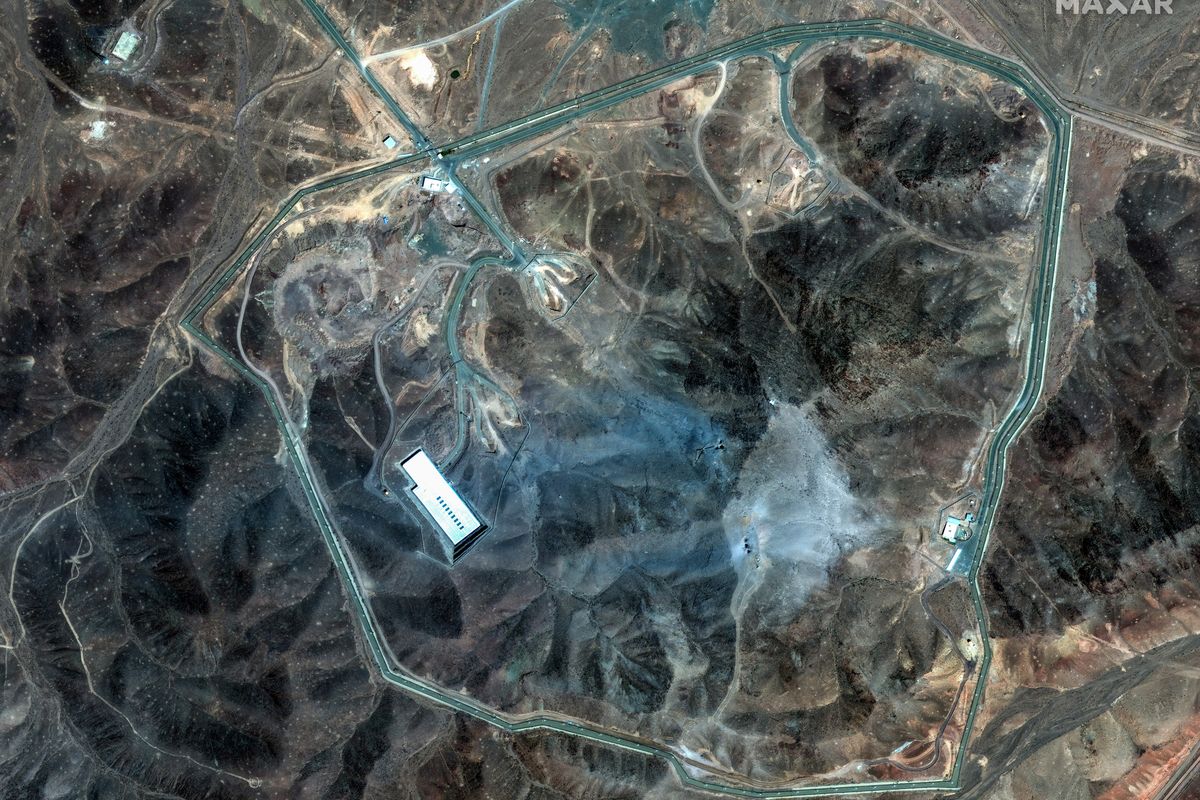Gina Haspel, the deputy director of the CIA, stands ready to break through one of the most stubborn glass ceilings in the U.S. government, and this moment matters. Since the announcement of the decision to nominate her as CIA director, she has been the subject of numerous articles, statements and tweets.
While several former CIA leaders have spoken to the depth and breadth of her experience and professionalism, most of the reporting has focused exclusively on her role during the counter-terrorism fight. While I have my own opinion of some of the decisions made immediately following 9/11, I’ll leave it to history to judge the actions of our country and the CIA during that period. But I am proud to share my opinion of Gina Haspel here.
I had the privilege of working with Gina for several years, and in addition to a highly effective senior leader, I found her to be a generous and self-effacing individual. I first met Gina when she had just become deputy director of the then-National Clandestine Service (NCS) – now the Directorate of Operations. At that time, the CIA had recently published its historic study The Director’s Advisory Group on Women in Leadership (DAG), and I, along with others who shepherded the study, walked Gina through the study’s findings and recommendations.
In meeting with this senior female leader for the first time, it was clear to me that Gina had no idea that she was a role model for women at the agency based on her success in the notoriously male-dominated culture of CIA operations. She went about her work managing and leading with a high degree of humility and service, not thinking about her “brand” or reputation, but rather the mission that needed to be accomplished and the people whom she led.
During my tenure as the CIA’s chief diversity officer, I worked with Gina on expanding opportunities to create and nurture greater diversity across the organization, and she was particularly instrumental in encouraging more women to apply for chief of station positions.
I also worked with her on some difficult personnel issues. Any leader who has had to investigate and adjudicate allegations of misconduct in the workplace knows the importance of their role in reinforcing accountability, fairness, transparency, and trust. Gina consistently approached these issues with humanity and wisdom, understanding that sometimes good people make bad decisions and occasionally one might find a bad apple in one’s midst. She never shied away from having the difficult conversations and holding people accountable for their actions, and she did so with a humane and straightforward touch.
As both Gina and I moved on to different positions, I sought her out as a mentor at a critical time in my career when I was transitioning into my role as the director of the CIA’s Open Source Center (now Enterprise). To be honest, taking on the leadership responsibility for that beloved global organization caused that negative voice inside my head to go into full broadcast mode, questioning my ability to succeed in this job. I knew that I needed to hear a voice stronger than the one in my head, and even though I would not have called Gina a friend, I sought her out as a trusted colleague and a role model. Gina did not disappoint. She encouraged and challenged me; she gave me the straight talk I needed at that time to go back to the Open Source Center, trusting in my experience and leading in my own way.
Working on the year-long DAG Study effort, as CIA’s co-chair, I engaged daily with women and men who wanted to share their perspectives as to why CIA was losing its female talent at the top tiers of the organization. In listening to my female colleagues in particular, it was clear to me that they were hungry for role models. Ask any ambitious professional who might not be of the majority organizational culture – whether female, minority, LGBTQ, Muslim, differently abled, etc. – if role models matter. I suspect in most cases, the answer would be a resounding “yes!” Role models are the embodiment of hope and possibility; when people see others like them in the top leadership positions, they have concrete proof that someone like them can aspire to the highest levels of their organization.
One of the most powerful moments of my CIA career was when I read about a courageous (unnamed) CIA officer, who in 1953 asked then-newly appointed CIA Director Allen Dulles at an employee event what he was going to do about discrimination against women at the agency. It was in reading about the historic fight that women have waged within the organization for equality of pay, position, opportunity and respect that I began to understand why every step forward matters for the CIA officers of today and of the future.
My experience is not someone else’s experience, and just because I am a woman, that does not mean that all other women at the CIA have the same views, make the same choices, or lead in a similar way. I acknowledge that my path at the CIA was not Gina Haspel’s path, and that any challenges I might have faced were certainly not the ones she faced and will face in the future, if she is confirmed to lead the CIA. I know her to be the consummate intelligence professional, a caring colleague and a mature leader. She is ready to lead, if given the chance, and history will be watching.














